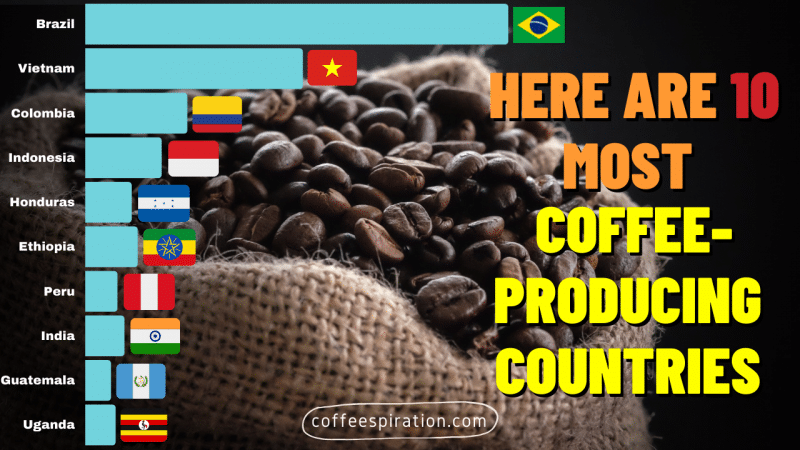Back in the day, only Ethiopia and Sudan were the only two locations to cultivate coffee. Unlike these days, nearly 70 countries take part in sharing the benefits of coffee plantations. This is the reason why every gigantic coffee producer always steps up his game and challenges the status quo to outperform the others, otherwise, they will fall behind.
However, it requires complicated and time-consuming processes to grow high-quality coffee beans, starting from choosing the right coffee seeds, planting the coffee crops, harvesting, roasting methods, and overcoming some other critical issues regarding the pest, and natural disasters. Now, let’s find out the world’s top 10 countries that produced the most coffee.
Contents
List of 10 Most Coffee-Producing Countries In The World
10. Guatemala
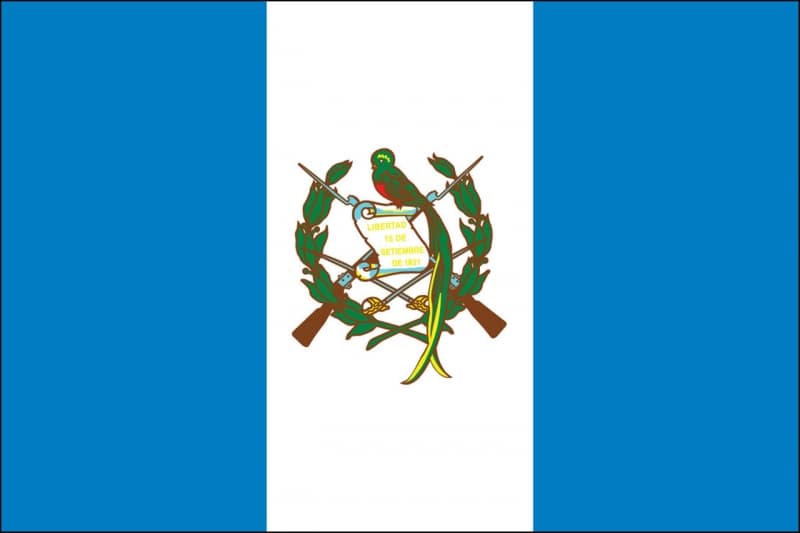
Located in Central America, it is surprising that Guatemala is another worldwide coffee producer. Ranking tenth in the globe, it produces coffee up to 225,000 metric tons. Moreover, with the perfect climates and soil, Guatemala’s coffee is well-known for both quality and taste.
Its coffee is mainly grown in the southern part of the country from east to west, requiring rich volcanic soil, low humidity with sufficient sunlight, and cool nights. Therefore, the main growing regions are Antigua, Acatenango, Atitlán, Cobán, Huehuetenango, Fraijanes, San Marcos and Nuevo Orientea. Of course, coffee-growing from different areas delivers different flavors as well. For example, coffee from Huehuetenango has a crisp acidity and caramel-like sweetness.
However, having a look at the history of coffee production in Guatemala, we can see that it started growing in the 1850s where its two main exports collapsed due to the invention of chemical dyes. From that onward, the country government started to put more focus on coffee production by creating the coffee trade and providing tax benefits to the producer. Furthermore, to promote its coffee production to go global, the government has established a marketing association called Anacafé.
Guatemala’s coffee has subsequently been the country’s largest export crop. The country is on the list of the world’s top 10 coffee-growing countries. In addition, gaining a global reputation for the premium coffee quality, it offers various arabica like Caturra, red and yellow Catuai, red and yellow bourbon.
9. Uganda
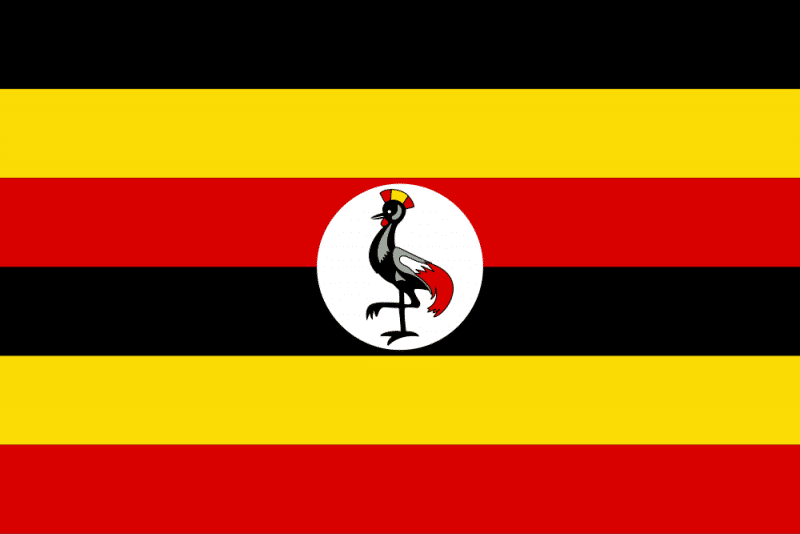
Uganda is one of the top coffee-producing countries in Africa and has ranked ninth with a coffee production of 254,000 metric tons. Among the total production, robusta coffee accounts for 80% using the dry processing method, and the remaining 20% are arabica beans using the wet processing method.
Getting the influence from British, Uganda citizens is more favorable to tea although coffee produced in this country hugely. Consequently, it does not have that much coffee culture compared to the other top coffee-producing countries. Still, many people are involved in the coffee industry because it is the main export crop of Uganda.
However, the main growing regions are the Nile, Okoro region, the northern regions of Lira and Gulu, the eastern regions of Mbale and Bugisu, the southeastern regions of Jinjia, Mukono, Kampala, and Masaka, and other areas. The robusta beans’ harvest season normally starts from November to February.
Unlike the other countries’ coffee, Uganda robusta offers a wine-like acidity and rich chocolate notes. While the coffee grown in Bugisu tends to be sweet, fruity, and citrus. Besides, people prefer to utilize robusta coffee beans for instant coffee. Meanwhile, the arabica coffee is for making great coffee. As of now, the coffee begins to gain its popularity and reputation in the globe.
8. India
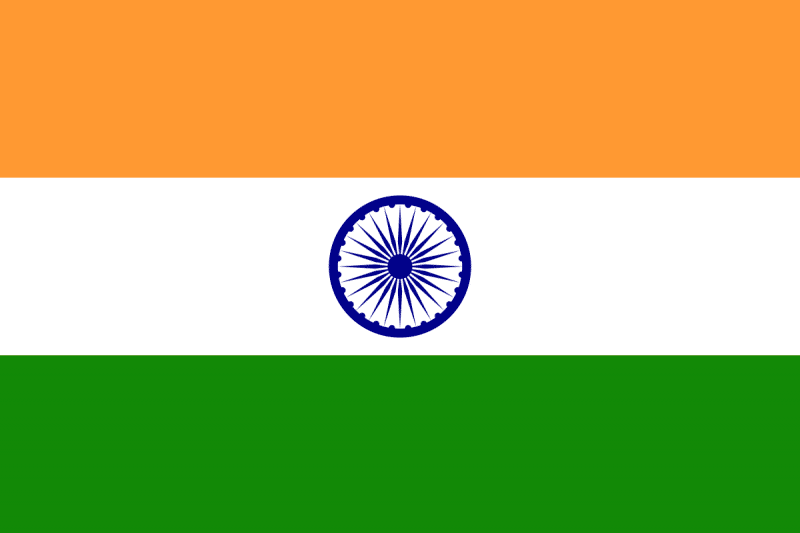
Among the top 10 coffee-producing countries on our list, India is the eighth largest producer with coffee production of 319,000 metric tons. India coffee cultivation started to grow in the 1950s where 30% of crops are arabicas and the remaining 70% are robusta beans.
Besides, to improve the quality of the coffee as well as to promote its product to the globe, Indian government created an association under the name “The Indian Coffee Board” in 1907. Throughout its modern history, it has successfully regulated its coffee sector.
Meanwhile, since coffee is not widely consumed domestically, 80% of the productions are grown for export purposes to Europe and Russia. However, not all areas in India are suitable to grow coffee. 210,000 coffee producers spread their coffee farms in Tamil Nadu, Travancore, Kerala, Nilgiri, Karnataka state, and some other states.
On the other hand, since those small farms also grow spicy, it leads to the spicy flavor of the coffee with cardamom and has low acidity. Unlike the other coffee-producing countries using either dry or wet-process methods, both 2 coffee processing methods are fairly popular in India. Furthermore, to protect and ensure that its coffee sector is running smoothly, the government has created the India Coffee Board to regulate and monitor the whole industry.
7. Peru
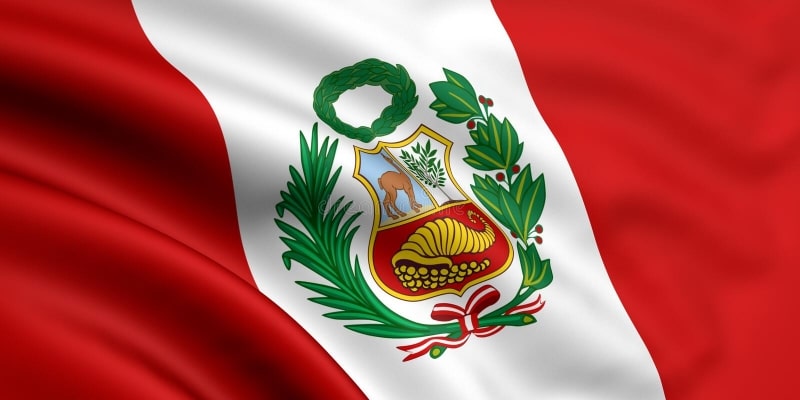
Peru is the seventh-largest coffee-producing country in the world with a coffee production of 363, 000 metric tons per year. Although coffee was first introduced in Peru in the 1700s, it was not until the 19th century that this country started to expand its production for export due to its poor infrastructure.
Moreover, most of the coffee producers are coming from small farms with average coffee plantations of 3 hectares. Additionally, the coffee is grown in various regions of Perun from the north to the south including San Martín, Junín, Cajamarca, and other places. Thus, the flavor and the quality are also different according to the origins as well.
Actually, due to the lack of infrastructure, Peru is now facing the issue of slow production and low quality leading to the decrease in reputation.
Besides, if you are looking for a medium-bodied with nutty flora and fruity notes, then, you need to find that coffee that is produced in the lowlands because the highland coffee is rich and has more acidity. What is special about this country is that the coffee produced in Peru is valued for its mild cup profiles as well as the organic and traditionally washed coffee.
6. Honduras
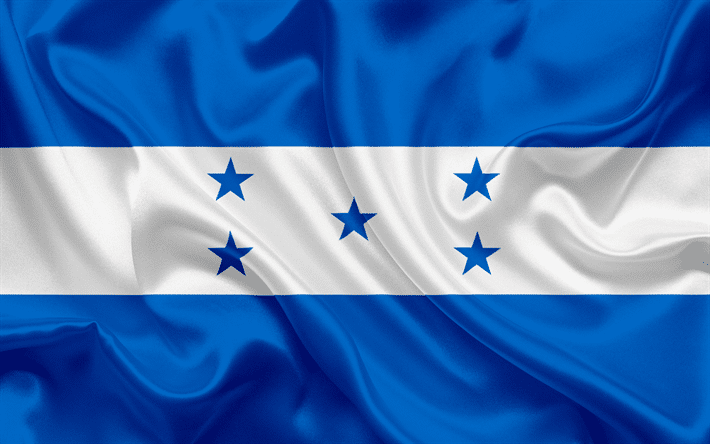
Among all the top coffee-producing countries, located in Central America Honduras ranked sixth. Surprisingly, this country can compete with the other coffee-producing nations since they rarely produced coffee 50 years ago. Since the weather and the soil are perfect to produce coffee beans, it leads to a flourish in the coffee industry with the production of 476,000 metric tons per year. Hence, coffee has become the country’s main agricultural export accounting for 30% of the total export.
In addition, coffee plantations in Honduras cover a large area of land that needed 100,000 people to work on. Therefore, varieties of coffee are produced in six regions delivering various cup profiles. For instance, the coffee produced in Copán, the west of Honduras, tends to have the notes of chocolate, caramel, and citrus. While the Montecillos coffee delivers higher altitudes and cooler nights as well as fruity notes. While the Comayagua gives a sweet and fruity coffee instead.
Unfortunately, due to the natural disaster, especially the fungal disease, its coffee production is likely to be endangered if there is no proper measurement. In addition, some people may find it strange for this country to appear in the list of 10 global coffee producers since Honduras are likely to be used in blends resulting in the less recognition in the globe.
However, to ensure the quality and productivity of its specialty coffee, the governments have imposed rules, provide incentives on the farmers and build infrastructure in the coffee-growing areas.
5. Ethiopia
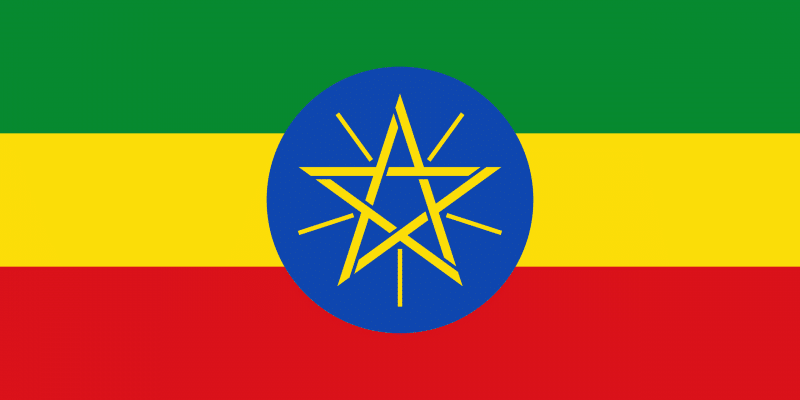
Having the ability to produce 482,000 metric tons per year and the coffee cultivation of 4,000 square km, Ethiopia is another top coffee producing country, ranked 5th as the world’s largest coffee producer in the globe and has been known as the origin of arabica coffee. Consequently, coffee makes up 28% of the country’s total export with 12 million citizens living off this sector.
Meanwhile, the main growing regions are the southwest, west, and east part of Ethiopia. Also, as the origin of arabica coffee, Ethiopia has had many experiences in producing the coffee for more than 110 decades. Therefore, the Ethiopian coffee trademark like Yitgacheffee is valued worldwide for its floral notes and pleasant acidity.
On the other hand, talking about the quality and quantity, there are a variety of coffee beans produced in this country with their own uniqueness. The flavor and the aroma of the coffee are results from different processing methods. The dry method offers a chocolatey and fruity drink. Whereas the coffee beans with the use of the wet-processed method tend to be lighter and have strong acidity.
4. Indonesia
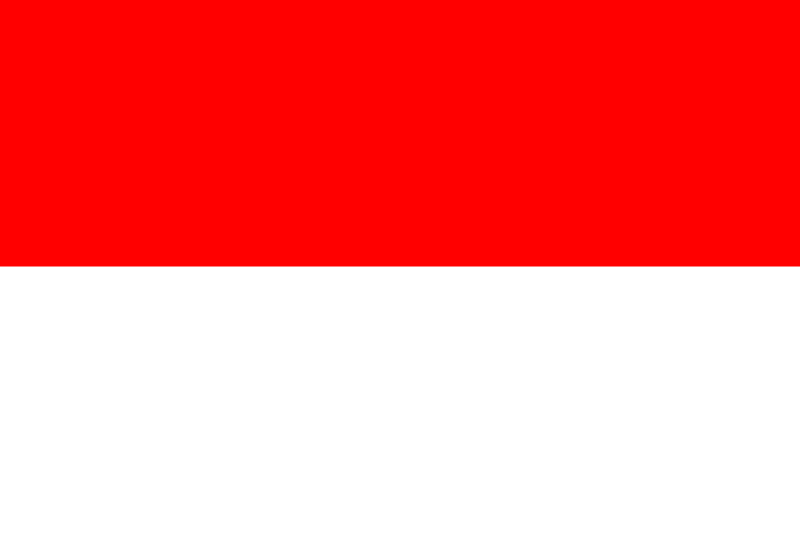
With the helpful geographical location, Indonesia ranked fourth in coffee production and third in terms of robusta beans. Meanwhile, Indonesia is one of the countries with a long history in coffee. They started to grow coffee in the 1600s and became the first country in Southeast Asia that grew the production of arabica beans.
However, if we compare its quality to Colombia’s robusta beans, it seems to be less valuable because of the climate. Anyway, this country can produce a huge quantity with the use of 1.2 million hectares of coffee crops and other small farms producing 760,000 metric tons annually.
Besides, its main growing regions are in Java, Sumatra, Sulawesi, Bali, Sumbawa, Flores, and Papua new guinea. Each island delivers various qualities and tastes. For instance, coffee production on Java island is flavor-rich, full-body, and has sweet acidity. While Sumatran coffee beans produce intense earthy flavor with notes of cocoa and tobacco. Whereas coffee penetration in Bali is the sweetest one of all Indonesian coffee.
3. Colombia
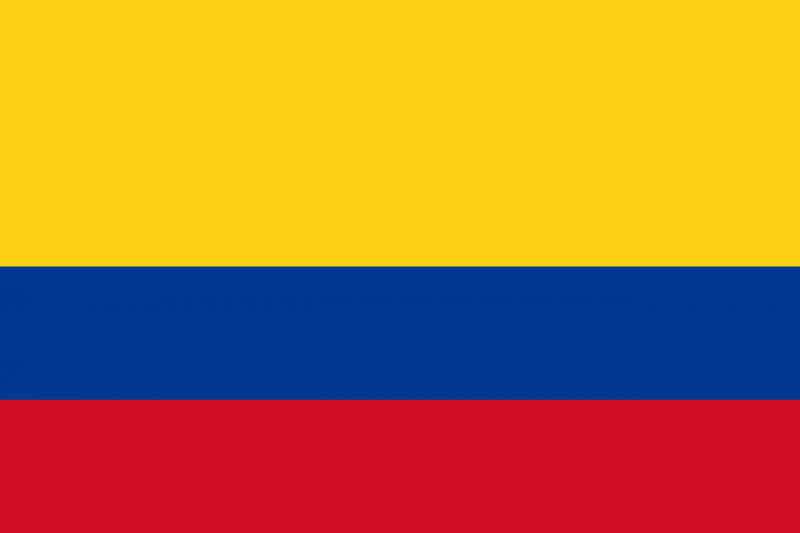
Located in South America, Colombia is another coffee production country, ranking third around the world. Having great weather allows Colombia to produce premium quality coffee beans in high volume. Unfortunately, due to climate change, Colombia is now unable to maintain such huge production anymore, starting from the past few years.
Unlike the top 2 coffee bean production countries, Colombia produces the arabica beans solely of around 885,000 metric tons annually. That’s why Colombia ranked second regardless of arabica production in the globe. Besides, although coffee was introduced in Colombia in the 1700s, it has become the country’s essential export accommodation in the 1960s and takes up 90% of the total export.
Moreover, almost 2.3 million acres of land are for growing the coffee beans, delivering the medium-bodied coffee with an aroma, mild flavor and subtle sweetness. Hence, its coffees are the love of most coffee lovers as their coffee is known for aromatic, and fruity flavor. However, local farmers own and cultivate more Colombian coffee than large companies.
2. Vietnam

You might be surprised that Vietnam ranks the second-largest coffee-producing country producing around 1,600,000 metric tons of coffee annually. Among which 95% contains robusta beans and the remaining 5% are arabica beans. Vietnam made up this partition because they aim to produce instant coffee in a large amount. However, although it started growing coffee beans in the 1800s, this country decided to use coffee beans as the export commodity in 1990s to boost the country’s economy.
On the other hand, Vietnam has been known as one of the cheapest robusta bean producers while delivering more caffeine than the arabica beans. Thus, Vietnamese coffee tends to be bitter and has less acidity as well. Moreover, since they put more focus on producing robusta, it accounts for 40% of the world’s robusta beans and ranks the top 1 producer of robusta coffee in the world.
Furthermore, despite being the second-largest producer, Vietnam usually makes the coffee with the condensed milk and brews one of the tasty cappuccinos with the use of raw egg. Thus, its cappuccino is worth a try if you have the opportunity.
1. Brazil
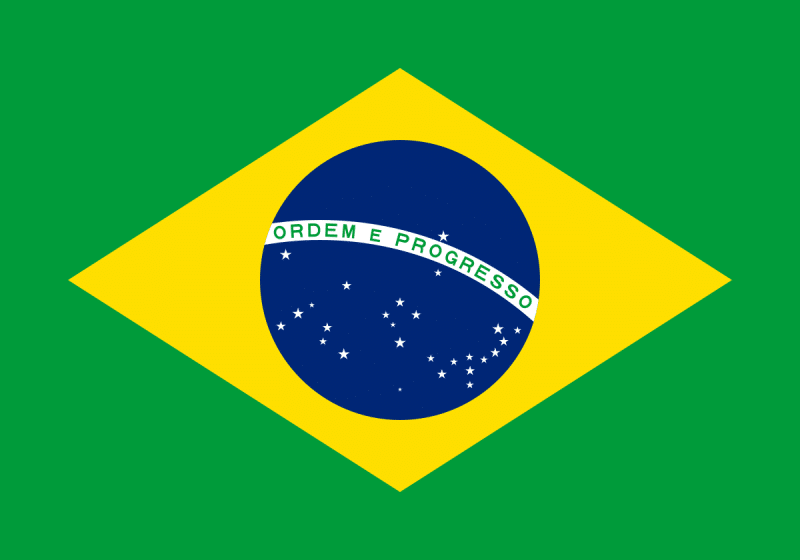
Brazil is the world’s largest coffee producer. Its the weather is suitable for Arabica and Robusta coffee beans. This country has become the world’s largest coffee-producing nation since 1840 making almost 3,000,000 metric tons per year. (69% of which are arabica beans while only 31% of its are robusta beans.)
Moreover, compared to the other countries’ coffee, Brazil tends to produce a low acidity, creamy body, and subtle bittersweet rich chocolate together with the caramel notes, contributing to the flavorful coffee. That is why most of the famous coffee shops tend to source their coffee beans from this country. Brazilian coffee is grown in Sao Paulo, Parana, and Minas Gerais located in Brazil’s most southeast region.
Coffee grown in Brazil, unlike the other countries, is commonly produced via a wet process. Therefore, they do not clean the bean with the water. They just put the coffee cherries in the air dry to dehydrate with the sun in order to get the natural coffee production.
Where Do The Coffee Trees Grow Best?
The coffee trees need to grow in tropical climates, mid-elevation mountainsides, sufficient water, high humidity, rich soils, and fewer diseases. Meanwhile, coffee can also be planted both indoors and outdoors. Although indoors provide better outcomes, it does not get direct influence from sunlight. Moreover, it would be a nice idea to avoid the air conditioning and make sure to keep the soil moist.
Conclusion
All in all, the ten countries mentioned above are the major coffee producers in the world. A few countries like Brazil, Vietnam, Colombia, and Indonesia have been on the list of the world’s largest producers for several years already. This is because they have been working hard in improving their quality and production to compete with others in the globe to maintain their advantages.
However, it does not mean that the other countries’ coffee is not worth giving a try. Actually, there won’t be much difference in terms of the raw coffee bean, the main difference is about how the coffee is roasted. Ultimately, we hope you are satisfied with this article and find it helpful.
Reference:
- Top Coffee Producing Countries| World Atlas | Adrianna Szenthe
- Top 11 Coffee Producing Countries In The World| Lucky Belly| Lucky Belly Maia
- 25 Top Coffee-Producing Countries in 2020| Eleven coffees
- 12 Largest Coffee Producing Countries In 2025| Sip Coffee | Karen Attman
- TOP 10 COFFEE PRODUCING COUNTRIES AROUND THE WORLD| Farrer’s coffee| John Farrer
